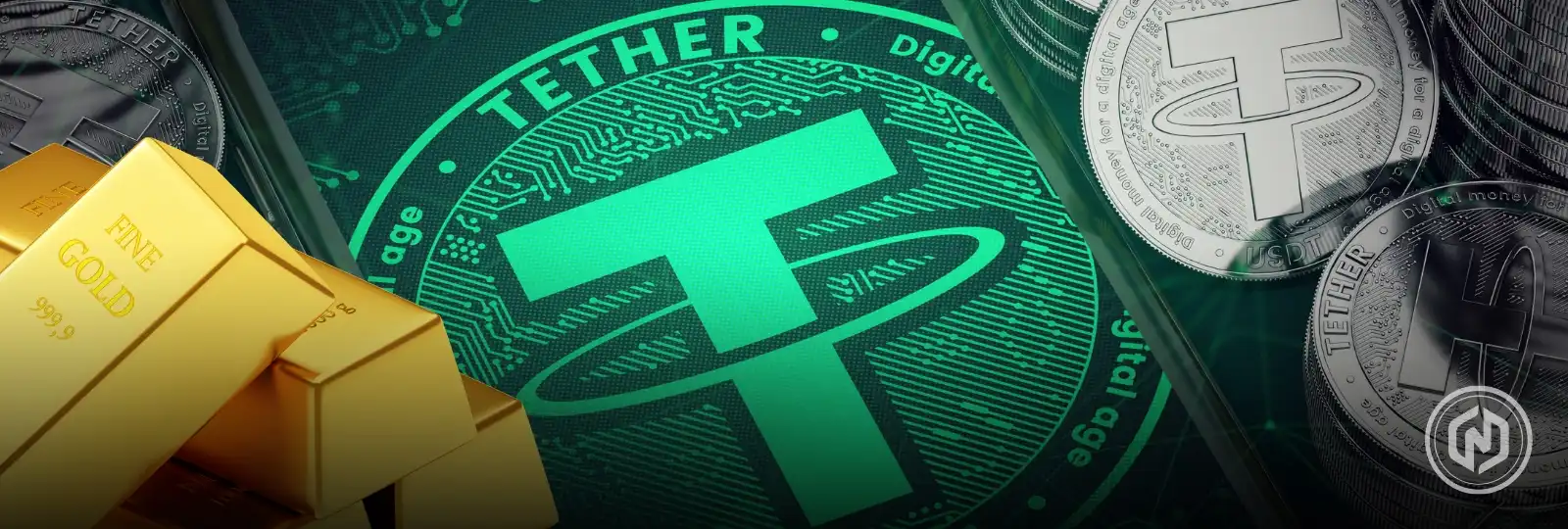What to Know:
Tether upped its stake in Canadian gold firm Elemental Altus to nearly 32%, with an option to reach 47.7%.
The move reinforces its “dual-pillar” reserve strategy: Bitcoin for growth, gold for stability.
Tether minted 2B USDT as liquidity demand rises, echoing a gold-backed era for the U.S. dollar.
Tether is stepping up its gold strategy with a new $100 million investment in Elemental Altus Royalties Corp, a Canadian-based gold royalty and streaming firm. The move shows Tether’s growing effort to diversify its reserves and tie digital finance more closely with traditional safe-haven assets.
From Stablecoins to Gold
This latest investment increases Tether’s stake in Elemental Altus to nearly 32%, acquired in a private deal from La Mancha Investments. Reports suggest Tether also secured an option agreement that could lift its ownership to as much as 47.7%, giving it major influence in the royalty firm’s future.
Unlike mining companies that handle operations directly, Elemental Altus takes a royalty and streaming approach. It gets steady exposure to physical gold by linking to multiple mining projects in different parts of the world, and it doesn’t have to deal with the ups and downs of running mining operations. It protects gold income that can help Tether’s overall reserve mix.
Building a Dual-Pillar Strategy
This investment builds on what Tether calls a dual-pillar reserve strategy. On one hand, it holds over 100,000 Bitcoin, making it one of the largest corporate holders of BTC globally. On the other, it is steadily increasing exposure to gold and its gold-backed token Tether Gold (XAU₮).
XAU₮ is still small compared to USDT, but it has been growing steadily as more investors look for a mix of digital flexibility and traditional asset backing. Tether’s leadership believes this two-pronged approach, Bitcoin for upside potential and gold for stability will strengthen confidence in the company’s ecosystem.
Tether’s Timing
Tether’s push for gold at this time is not a coincidence. Gold has stayed strong in 2025 because people are still worried about inflation and the global economy. Digital assets are also facing more and more regulatory pressure in both the U.S. and Europe. Tether not only diversifies its finances by linking itself to gold, but it also makes itself look better to the public as a more stable and trustworthy player in the global financial system.
This happens as the competition between stablecoins heats up, with competitors like Circle’s USDC and PayPal’s PYUSD trying to get a bigger piece of the pie. Tether recently minted 2 billion USDT due to high demand for liquidity. Some people see this as a full circle moment because Tether Gold is now very similar to when the U.S. dollar was pegged to gold.
What Experts Are Saying
Analysts think this is a long-term move that could change how people think about stablecoins. Some people think that adding gold to reserve strategies can help tokens like USDT hold up better during downturns. Some people say that Tether’s growing gold and Bitcoin holdings could change its risk profile from being stable only with fiat to having a mix of assets.
But critics say that getting into commodities makes Tether more directly linked to changes in the global market. If gold prices drop a lot, the money made from royalties could go down. Supporters say that gold is still one of the safest assets in history, so this is a good hedge.
Looking Ahead
Tether’s bigger stake shows that it has a bigger goal: to use physical assets that have been trusted for hundreds of years to strengthen its digital dominance. The business isn’t done yet. Reports say it has talked to other miners and royalty companies, which shows that it is more committed to strategies that are linked to commodities.
Also Read: Tether Hires Ex-Trump Official Bo Hines to Lead U.S. Stablecoin Push



